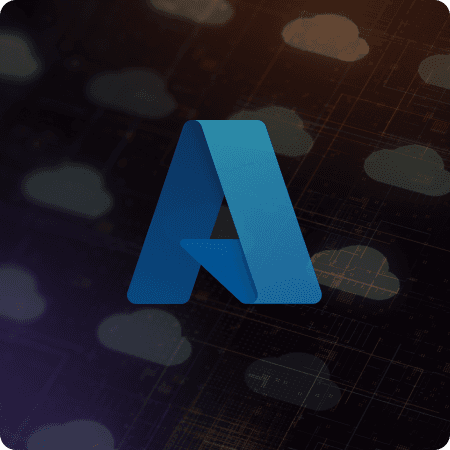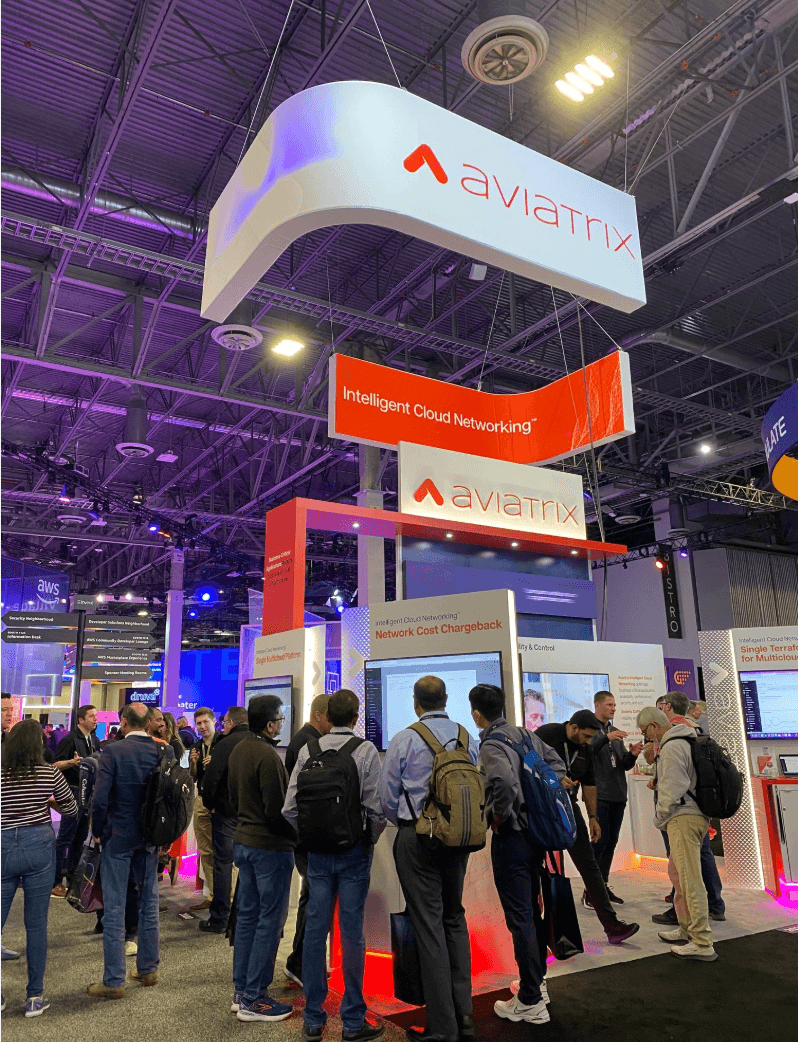The Great Cloud Divide between Application, Security, and Networking Teams
An application development team just deployed three new applications across AWS and Azure. Your security team discovered it during their weekly audit and immediately flagged compliance violations. Your networking team is scrambling to understand the traffic flows and implement proper segmentation. Does this scenario sound familiar? This scenario plays out daily in organizations worldwide. Cloud adoption has created an unintentional war between teams that should be working together.
Application teams prioritize speed and innovation.
Security teams demand control and compliance.
Networking teams need visibility and consistent policies.
Everyone has valid concerns, but they're pulling in different directions. The result is that projects stall in approval processes, security becomes an afterthought, and networking configurations become a patchwork of inconsistent rules that nobody fully understands. In this blog, we’ll explore how Aviatrix Cloud Native Security Fabric (CNSF) helps unify the goals of each team.
What You’ll Learn:
Why speed vs. security is a false choice in networking
How Infrastructure as Code (IaC) combined with Aviatrix’s Cloud Native Security Fabric (CNSF) creates a shared language and unified goals
How the ACE (Aviatrix Certified Engineer) Automation course empowers teams with IaC solutions for both speed and security
The False Choice: Speed vs. Security
Most organizations believe they face an inevitable trade-off: move fast and accept security risks or be secure and sacrifice agility. This false choice has led to two equally problematic approaches:
Option 1: Security as a Roadblock
Every cloud deployment requires lengthy security reviews, manual configuration approvals, and custom networking setups. Projects take months to go live, innovation slows to a crawl, and frustrated developers start looking for workarounds.
Option 2: Security as an Afterthought
Application teams deploy first and worry about security later. This delivers short-term speed but creates long-term chaos—inconsistent security postures, compliance violations, and the dreaded shadow IT that security teams discover too late.
Neither approach works in today's competitive landscape where you need both speed AND security.
The Better Way: Shared Language, Unified Goals
There’s a better way: Infrastructure as Code (IaC) combined with the Aviatrix Cloud Native Security Fabric (CNSF). This approach eliminates the speed-versus-security trade-off by creating a shared language and methodology that all three teams can rally around.
Here's the key insight: Application teams understand the needs of their applications. Security teams rightfully have oversight responsibilities. Networking teams are responsible for implementation. When configuration is expressed as code, that code becomes the single center where application needs are defined, security control is maintained, and implementation details are captured. This transforms how teams collaborate:
For Application Teams: Infrastructure becomes code where they can clearly express application requirements—network connectivity, security zones, compliance needs—in a format that other teams can review, approve, and implement. They understand the requirements.
For Security Teams: Security policies become code that provides complete oversight and control. They can review every infrastructure change, ensure policy compliance, and maintain governance without becoming a deployment bottleneck. Audit trails are inherent in the process, not something that has to be produced as an afterthought.
For Networking Teams: Network architectures become executable code that captures their implementation expertise in repeatable, testable templates. Their knowledge becomes institutional rather than tribal.
For Everyone: The code serves as the single source of truth for audit and compliance purposes and becomes the first place teams look when they need to triage issues or understand how systems are configured. The magic happens when all three teams work from the same codebase, with the same processes, using the same tools. And because this approach is cloud-agnostic, teams build expertise once and apply it consistently across AWS, Azure, Google Cloud, and beyond.
Three Transformative Benefits
1. Increasing Agility Without Chaos
Instead of choosing between fast deployments and proper governance, IaC + CNSF delivers both. Pre-approved security and networking patterns become reusable templates. New environments deploy in minutes, not weeks, because the security and networking configurations are already built-in and tested.
2. Elevating Security Across All Deployments
Security stops being something you add after the fact. When security policies are embedded in infrastructure code, every deployment automatically inherits enterprise-grade protection. Compliance becomes continuous rather than periodic, and security teams can focus on strategy rather than firefighting misconfigurations.
3. No Compromise on Control or Visibility
Teams don't have to sacrifice oversight for speed. Infrastructure code provides complete audit trails of what was deployed, when, and by whom. Security policies can be updated across the entire infrastructure with a single code change. Network visibility and segmentation become automatic rather than manual.
Aviatrix: Making Theory Reality
Codifying your network security is compelling. Aviatrix transforms this vision into practical reality through its comprehensive approach to cloud networking and security. Terraform-Native Cloud Security
Aviatrix maintains a partner-level Terraform provider comprising the full breadth of CNSF features and functionality as well as an extensive set of Terraform modules that deploy enterprise-grade patterns as code. Create hub-and-spoke architectures, implement zero-trust segmentation, and establish encrypted transit networks through simple, repeatable templates that work consistently across regions, cloud providers and on-premise networks.
The Aviatrix Cloud Native Security Fabric (CNSF) in Action
Rather than cobbling together different security tools for each cloud, Aviatrix's CNSF provides a unified security architecture that teams can implement through code. This means consistent security policies, unified visibility, and standardized incident response—all managed through the same IaC processes your teams already use.
Collaborative DevSecOps
Aviatrix bridges the gap between infrastructure deployment and security operations. Application teams get the deployment speed they need, security teams get the policy enforcement they require, and networking teams get the visibility and control they demand, all through collaborative workflows built around infrastructure as code.
From Silos to Symphony
The most powerful transformation isn't technical—it's cultural. When cloud, security, and networking teams share the same tools, processes, and codebase, they stop working against each other and start working together.
Instead of security reviews becoming roadblocks, they become collaborative design sessions. Instead of networking becoming a deployment bottleneck, it becomes an enabler of rapid, secure deployments. Instead of application teams working around governance, they work within governance that actually accelerates their goals.
Your Path Forward
The decision is no longer simply a matter of speed versus security. Organizations now face a choice between sustaining expensive, inefficient silos or adopting strategies that foster alignment and shared success across teams. Infrastructure as Code combined with the Aviatrix CNSF creates better team dynamics, clearer accountability, and faster innovation cycles.
Ready to see how leading organizations are breaking down the barriers between cloud, security, and networking teams? Get certified with the Aviatrix Certified Engineer (ACE) Automation training course. This 4-hour course includes hands-on labs where you can enter the training with no coding background and complete the training with an understanding of how to use IaC to onboard, monitor, extend, and protect cloud networks at scale.
Learn more about the ACE Automation course.
Discover the biggest security gaps facing DevOps teams in 2025.


















